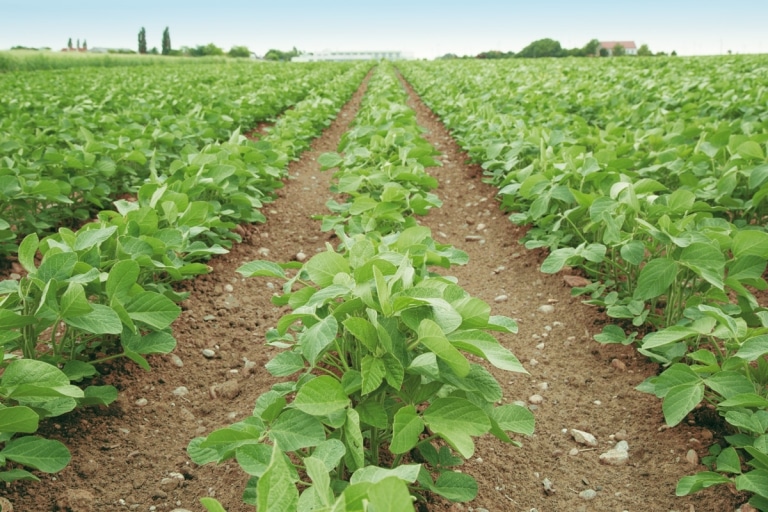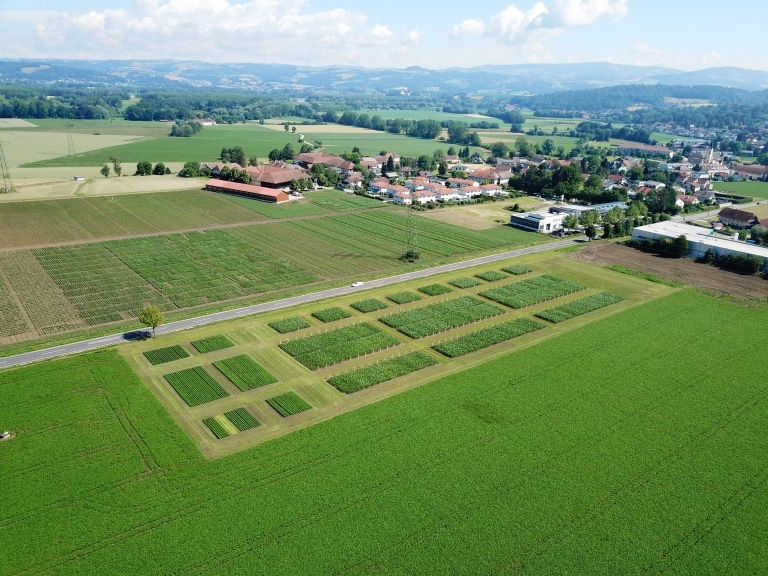29.06.2021
Prospects and opportunities
for seeds and varieties
Plant breeding has always been driven by the constant changes in agricultural conditions. New technologies and methods have repeatedly reset the course of plant breeding. New consumer requirements and climate change have fostered the development of new varieties and alternative crops. The registration of new varieties in the variety registries of the world are both the result of and the answer to plant breeding and variety development in these everchanging conditions.
Plant breeding is embedded in the sciences from which it draws knowledge and by which it is influenced. Among these sciences are genetics, botanics, statistics, molecular biology, crop production and plant nutrition. The scientific context will remain the same in the future, yet the impact of each field shifts from one decade to the next. SAATBAU LINZ is an undertaking which covers the topic seeds in its entirety. The company handles the entire chain of disciplines, starting from breeding, to variety development, seed production and seed marketing. Each of these fields is expected to develop further in the future.
The potential of new breeding methods remains unutilised
New breeding techniques (NBT) have solicited a lot of discussion in the fields of breeding and molecular biology. The European Court of Justice’s decision to categorise these promising methods as genetic engineering was generally considered a serious setback in the further development of European plant breeding. In the context of these techniques, ideas and opportunities would be (almost) limitless. There is a host of traits in many crops, which could be modified through gene editing (targeted modifications of individual traits by means of NBT). In most cases it is not the vital traits such as yield, heat or drought resistance that are concerned but a point mutation here or there can result in significant improvement in quality and resistance or susceptibility of a variety. Many such attempts will make sense, some may lead to market dominance and quite a few may just be shelved. Still, the precision, the simplicity of application and the idea-triggering character of the techniques can have very positive effects, and it would be unfortunate if these developments were only to take place outside of Europe. As opposed to conventional genetic engineering, which – in simple terms – has developed into a highway (to glyphosate resistance, resistance against damage by insects), gene editing could be compared to the desire of each individual scientist to contribute to a dense network of streets. Because of its simplicity, everybody can join in.
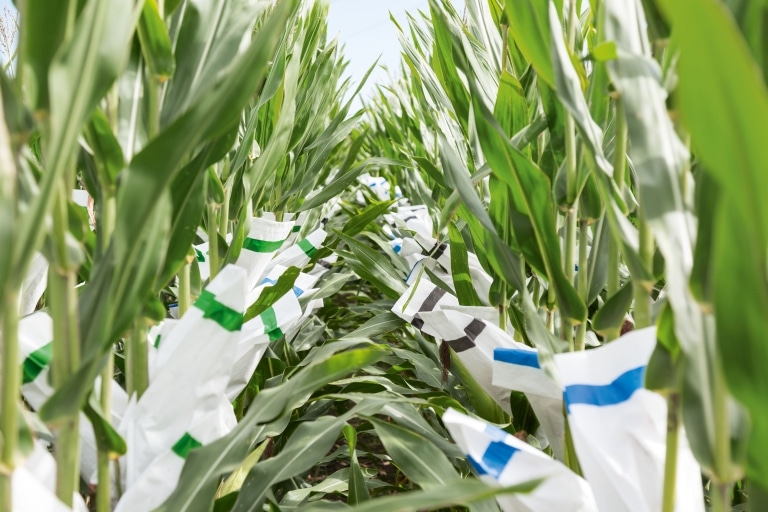
Modern lab methods complement classic plant breeding
The situation is different for the DANN marker analysis. The evaluation and selection of breeding lines with the help of molecular marker patterns by breeders has arrived in many fields of plant breeding and will play a significant role in the selection of new varieties in the future. Almost all breeders nowadays use GS (genomic selection), GWAS (Genome-wide association studies) and MAS (Marker Assisted Selection) to a certain degree. Still, there is a lot of room for improvement opening up with the further development of DNA analysis methods. Today, a genome-wide marker analysis with several thousands of individual markers costs roughly the same as one yield plot on a field. So, for the first time, plant breeders have the possibility to shift field capacities to an (external) lab. Trial surfaces cannot be extended at will, but this technology opens up possibilities to still extend capacity limits. And this is only a positive side effect of marker technology. The main aspect is in the earliest possible assessment of the breeding value of cross breeds in order to reduce the number of tested lines as early as possible.
In contrast to gene editing, genomic selection allows working on traits, which are influenced by many genes. For the first time in history, it is possible to predict yield capacities on the basis of calculation models. Predictions are so robust, that the calculation model even suggests those parents for crossbreeding, that are most suitable in combination. Gregor Mendel founded genetics on the basis of his knowledge of mathematics and statistics. He first described the laws of heredity, thereby laying the foundations of genetics. Biostatistics are a worthy derivative which have delivered and will continue to deliver a significant part of the information necessary for plant breeders to make their decisions. These developments however do not equal the end of plant breeding and variety analysis on the field. In fact, the opposite is true. Genomic selection requires exact field data for calibrating the calculation model and this data must be collected on the field and integrated into the models. The ‘green thumb’ of a breeder will thus be sought after and remain a crucial factor in the future in order to determine and develop the best varieties.
Courage stands at the beginning of any action
The greatest challenge breeders and breeding operations will have to master is in keeping up with technologic innovation and distinguishing promising future technologies from the one-way streets of science. For some, the ‘no’ to genetic engineering meant that European plant breeding was doomed. The truth lies somewhere between the opinions of advocates and critics. No, luckily, European plant breeding was not put out of business. But yes, ‘the Americans’ have been very successful with this technology. Only time will tell, whether this will stay the same and whether the technophobia common in Western Europe is the right attitude to take. We live in a world, where consumers demand participation. We cannot and must not oppose this trend, but it means that we plant breeders will have to accept decisions which we may not be able to relate to. Throughout its 70 years of existence, Saatbau Linz has started many successful breeding programmes and also shelved some less successful ones. While at the beginning, it was potatoes and cereals, today, our main crops are maize and soybeans. In order to remain a successful player in the future of plant breeding, Saatbau Linz will have to maintain this flexibility and follow our intuition in choosing the right path.
Dr. Christian GLADYZ
Product Development
SAATBAU LINZ
You might also be interested in
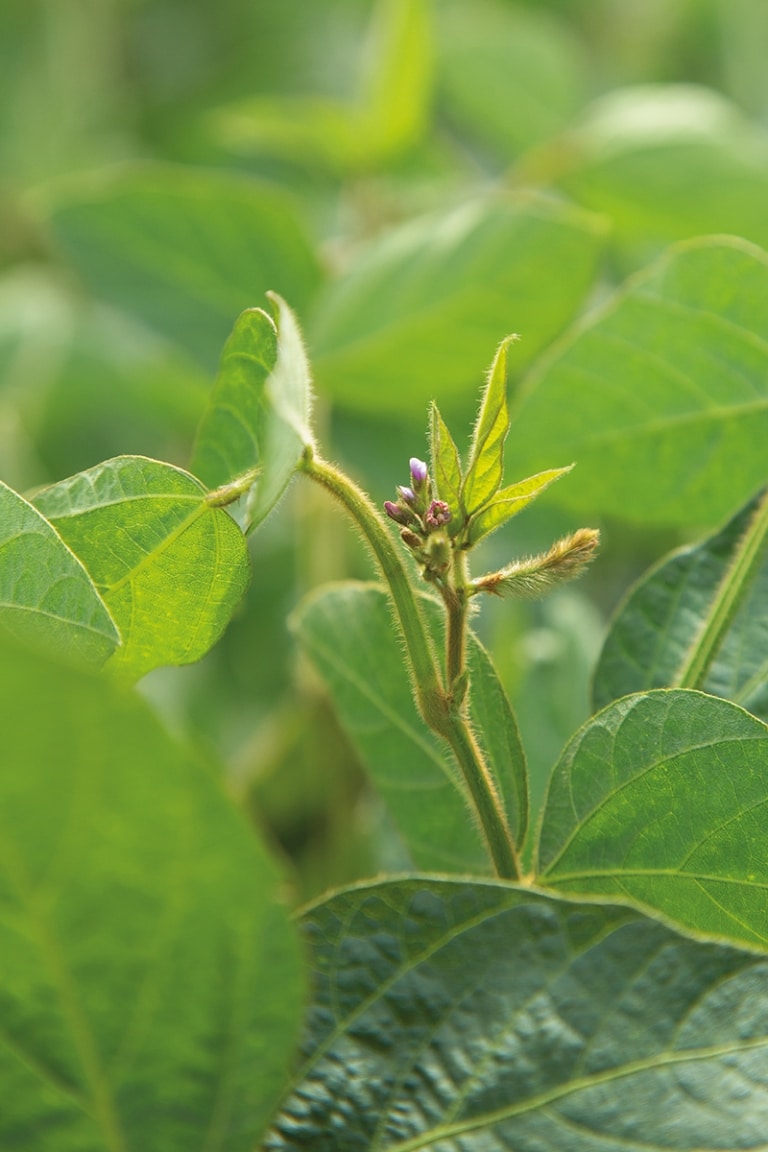
News
SAATBAU Germany’s Soybean Initiative
Interview with the managing directors on the new initiative
Mehr erfahren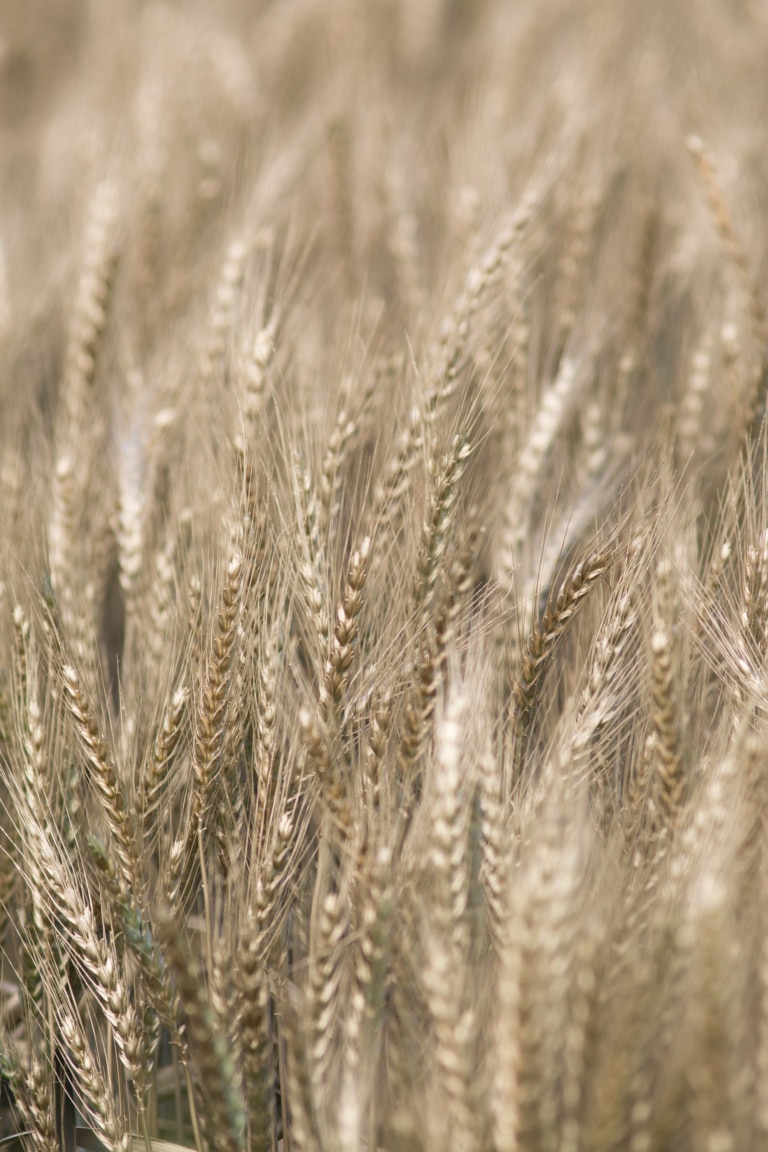
News
AURELIUS goes international
AURELIUS received its Austrian license in winter 2016. This was no surprise to us, but not…
Mehr erfahren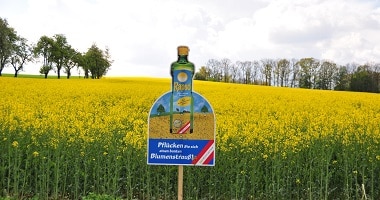
News
25 years RAPSO
The Upper Austrian chamber of agriculture and SAATBAU LINZ jointly developed the RAPSO project in order…
Mehr erfahren
News
Fine seeds becoming a delicious filling
The word “poppy” immediately makes Austrian’s think of the Lower Austrian Waldviertel region and the poppy…
Mehr erfahren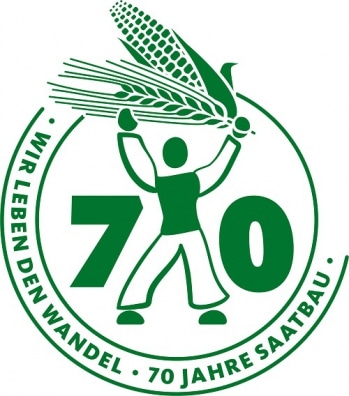
News
70 years of SAATBAU LINZ
On 22nd of May 1950, five local individual seed farming cooperatives merged into SAATBAU LINZ.
Mehr erfahren